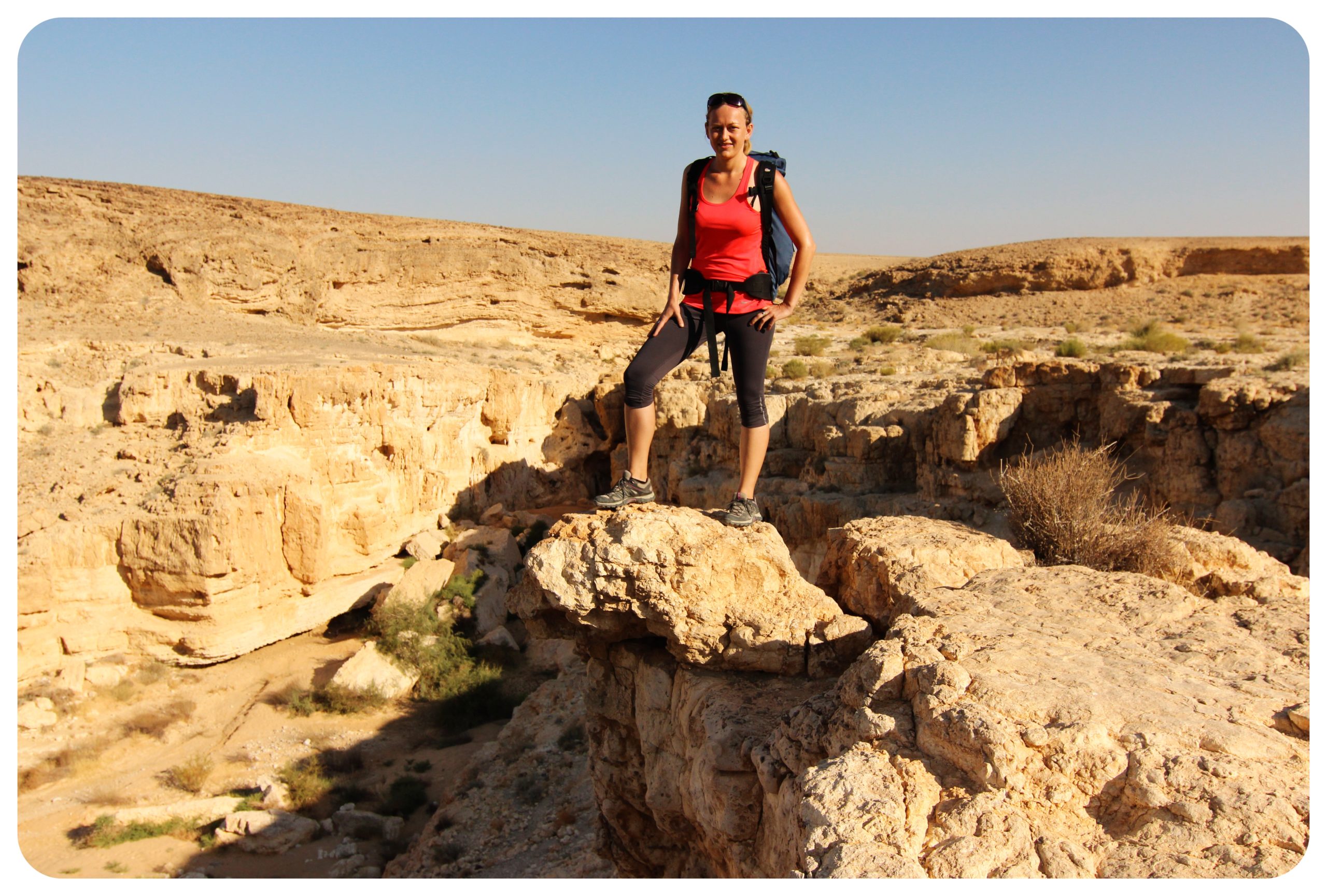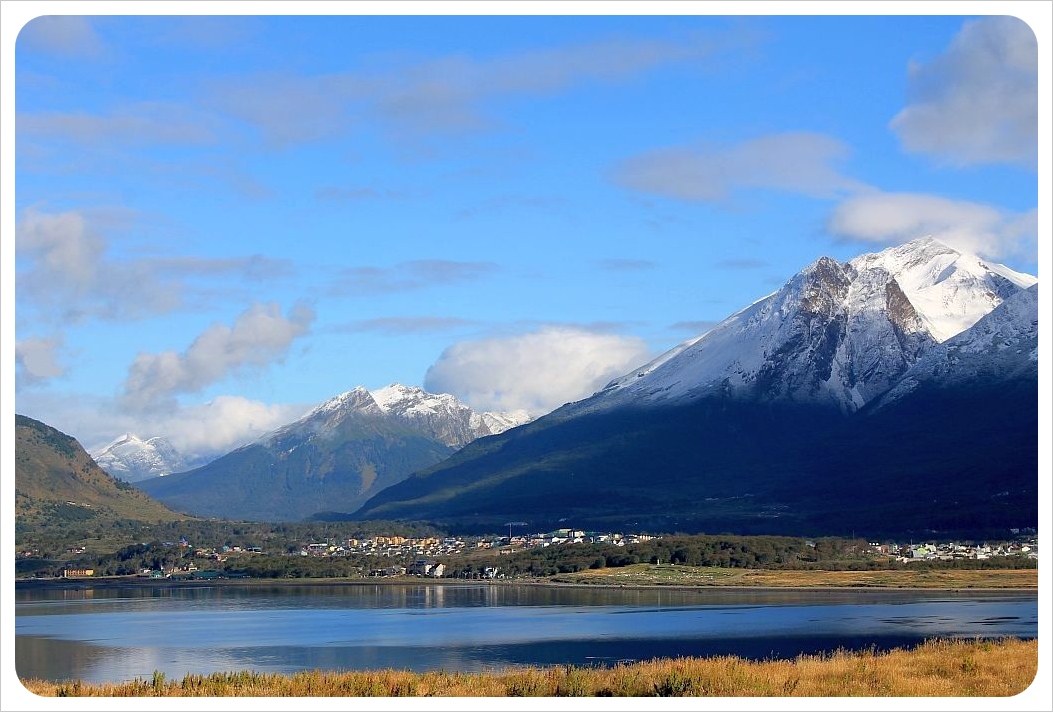Last Updated on November 3, 2025
At sunrise on a wind-swept pass, one wrong step can turn an epic trek into a medical emergency, often far from clinics, roads or a reliable signal. In those moments, the fine print of your travel insurance matters more than your kit. Suppose your itinerary includes diving, rafting, etc.
In that case, you need travel health insurance built for remote terrain: substantial medical benefits and evacuation support that actually reaches you. This guide takes a professional-focused approach to help you assess, compare and buy travel insurance online with confidence.
Why Adventure and Altitude Change the Rules
Insurers often treat them differently, sometimes covering them with conditions, sometimes asking you to opt in. The second complication is altitude. Remote terrain slows down help. Without the right travel health insurance, costs and logistics pile up fast.

Read How Your Plan Defines Activities
“Adventure sports” can mean different things from one policy to another. Easy day hikes might be fine, while climbing with ropes, long backcountry treks, rafting, paragliding or recreational diving may need an add-on.
Be Honest About Medical History
Pre-existing conditions are handled under separate rules. If you manage asthma, diabetes or a cardiac concern, declare it and check what support applies during travel. Also, ask how altitude sickness is treated, since symptoms can appear even in otherwise fit travelers.
A Safety-First Checklist for Adventure Travelers
Before you pack, confirm your travel insurance includes robust medical cover, altitude-ready evacuation, explicit inclusion of your planned activities, and declared pre-existing conditions so the policy matches the risks you’ll actually face.
Medical Care and Evacuation that Actually Reach You
Look for comprehensive medical cover that includes in-patient treatment, out-patient care and medically necessary evacuation. The evacuation part is crucial for Himalayan routes or remote coastal dives. Check whether the assistance team coordinates logistics, not just reimburses costs later.
Adventure Sports Cover, not Assumptions
If trekking at altitude, rafting on snow-melt rivers, or signing up for a tandem flight, ask whether the activity is included, excluded or available through a rider. Plans labelled the best travel insurance for holidays may still exclude the very hobby you’re flying for.
Baggage, Gear and Documents
Expeditions aren’t kind to bags. Opt for protection against loss or delay, and support for replacing passports or permits. If you’re carrying rented technical equipment, check whether it’s covered; if not, a separate gear cover may be sensible.
Trip Delays and Curtailment
Scan the policy for delay, cancellation and curtailment triggers. You’ll want a precise process for documenting disrupted flights, closed passes or cancelled connections.
Domestic vs International: Match the Policy to the Route
Heading to Ladakh, Spiti, Sikkim, or the Western Ghats? Domestic travel insurance India plans can still be valuable for medical treatment, trip interruptions and baggage woes on home ground. For Nepal, Bhutan, Europe or elsewhere, choose an international policy tailored to those destinations’ medical systems and travel rules. Either way, the right travel insurance for travelers is the one that mirrors the terrain and the activity.

Buying Smart Online Without Getting Lost in Jargon
Comparing plans on reputable platforms makes life easier. When you buy national or international travel insurance online, use this short framework:
- Activity match: Confirm that trekking beyond a specific difficulty, mountaineering with guides, rafting, paragliding or recreational diving are either included or available as add-ons.
- Clarity over exclusions: Scan for alcohol-related exclusions, unlicensed operators, or solo attempts on restricted routes.
- Assistance you can actually reach: Choose a plan with round-the-clock helplines, multilingual support, and experience handling Indian travelers in adventure zones.
- Easy portability: After purchase, save the e-card and policy wording on your phone and share copies with your trek leader or dive center.
If you prefer a human conversation, shortlist online and then speak to an advisor who understands adventure travel.

How to Claim Calmly When the Trail Bites Back
If something goes wrong, prioritize care, then paperwork:
- Get to the nearest medical point and follow the doctor’s advice.
- Contact the insurer’s assistance team as soon as practical; they’ll guide you on hospitals, transport, and documents.
- Inform your tour operator or trek leader; their incident report can help establish facts.
- Don’t bin damaged items until the claim is settled, you may be asked for photographs or an inspection.
Pack These With Your Necessaries

Before you set off, keep digital and printed copies of your policy, emergency contacts, identity documents and key medical records. Share the assistance number with a travel companion, and do a brief briefing with your group on what to do if someone needs help.
Final Thoughts
Adventure travel rewards preparation. Choose travel insurance that reflects the route you’re taking and the hobby you love, whether you buy travel insurance online or through a trusted advisor. “With the right travel health insurance and a plan suited to your activities, you can focus on your trip knowing you’re properly covered.





